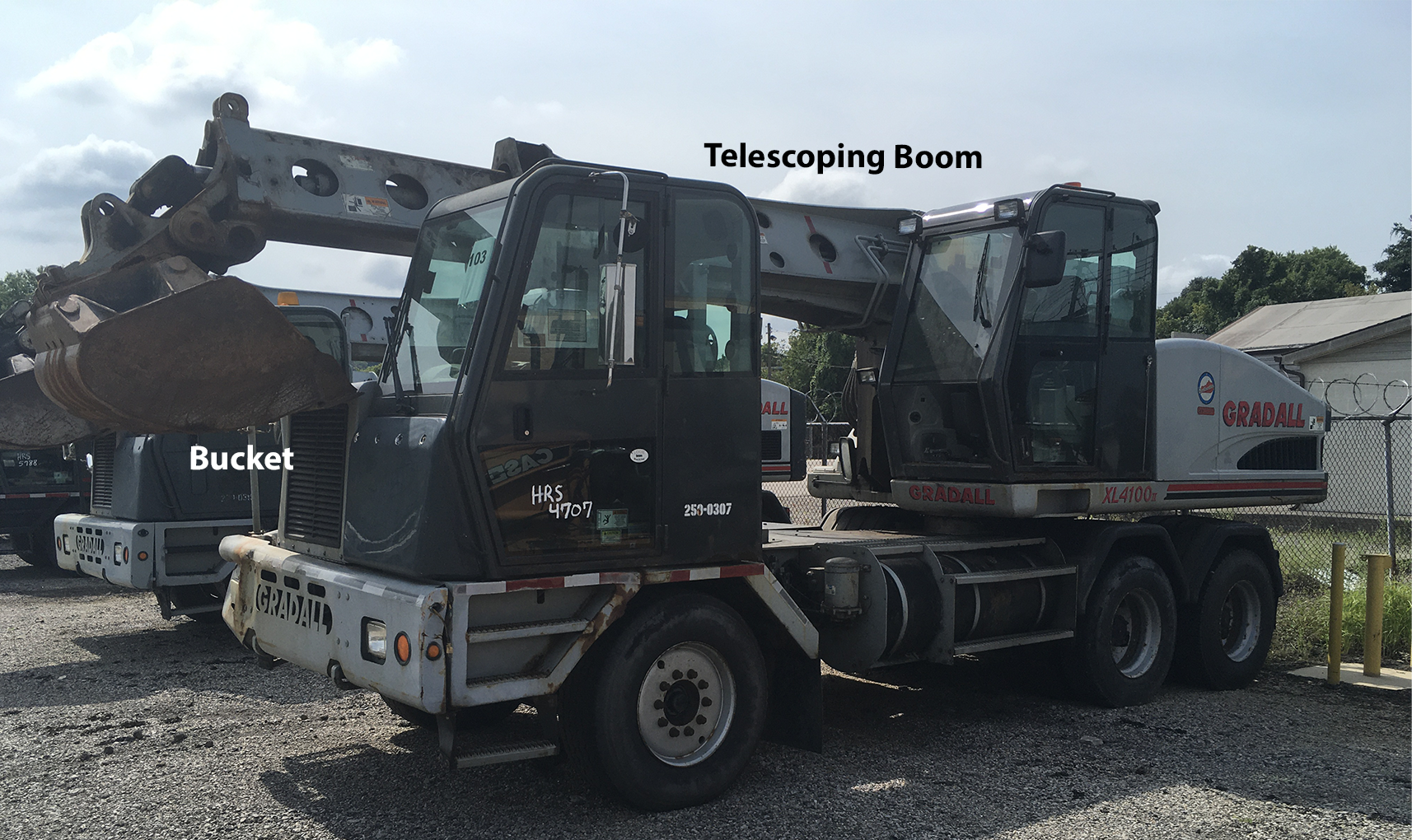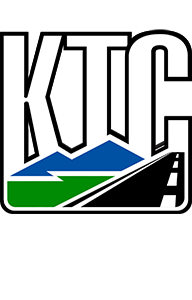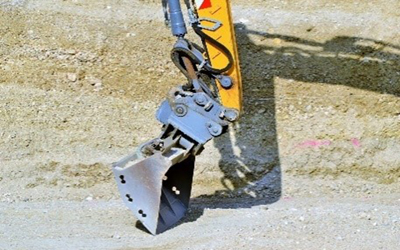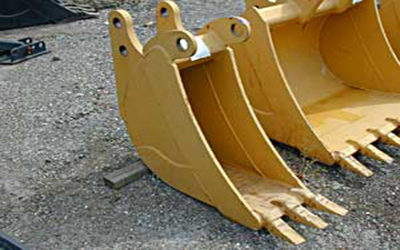Search for articles or browse our knowledge portal by topic.
Excavators


The telescopic excavator (commonly referred to by its brand name as Gradall excavator) reaches a lot further since it is equipped with a telescoping boom, can drive, and doesn’t have to be transported on a lowboy.
| Equipment Class | Make | Model | Number of Available Units | Link |
|---|---|---|---|---|
| Excavator 2x4, 4x4 Knuckle Boom | CATERPILLAR | M318C | 2 | Spec Sheet M318CSpec Sheet M318C |
| Excavator 2x4, 4x4 Knuckle Boom | CATERPILLAR | M316D | 2 | Spec Sheet M316D |
| Excavator 2x4, 4x4 Knuckle Boom | CATERPILLAR | M318F | 2 | Spec Sheet M318F |
| Excavator 2x4, 4x4 Knuckle Boom | CATERPILLAR | M318D | 1 | Spec Sheet M318D |
| Excavator 2x4, 4x4 Knuckle Boom | JOHN DEERE | 220DW | 5 | Spec Sheet 220DW |
| Excavator 2x4, 4x4 Knuckle Boom | JOHN DEERE | 190GW | 1 | Spec Sheet 190GW |
| Excavator 2x4, 4x4 Knuckle Boom | VOLVO | EW210D | 1 | |
| EXCAVATOR TRACKED KNUCKLE BOOM | CATERPILLAR | 315DL | 1 | Spec Sheet 315DL |
| EXCAVATOR TRACKED KNUCKLE BOOM | CATERPILLAR | 321D | 1 | Spec Sheet 321D |
| EXCAVATOR TRACKED KNUCKLE BOOM | CATERPILLAR | 312EL | 1 | Spec Sheet 312EL |
| EXCAVATOR TRACKED KNUCKLE BOOM | CATERPILLAR | 308E2CR | 4 | Spec Sheet 308E2CR |
| EXCAVATOR TRACKED KNUCKLE BOOM | CATERPILLAR | CAT312EL | 1 | Spec Sheet CAT312EL |
| EXCAVATOR TRACKED KNUCKLE BOOM | CATERPILLAR | CAT315F | 1 | Spec Sheet CAT315F |
| EXCAVATOR TRACKED KNUCKLE BOOM | CATERPILLAR | 325FLCR | 1 | Spec Sheet 325FLCR |
| EXCAVATOR TRACKED KNUCKLE BOOM | CATERPILLAR | 318FL | 1 | Spec Sheet 318FL |
| EXCAVATOR TRACKED KNUCKLE BOOM | JOHN DEERE | 160D | 1 | Spec Sheet 160D |
| EXCAVATOR TRACKED KNUCKLE BOOM | JOHN DEERE | 200D LC | 1 | Spec Sheet 200D LC |
| EXCAVATOR TRACKED KNUCKLE BOOM | JOHN DEERE | 160G LC | 1 | Spec Sheet 160G |
| EXCAVATOR TRACKED KNUCKLE BOOM | JOHN DEERE | 180G | 1 | Spec Sheet 180G |
| EXCAVATOR TRACKED KNUCKLE BOOM | CASE | CX160 | 1 | Spec Sheet CX160 |
| EXCAVATOR TRACKED KNUCKLE BOOM | VOLVO | ECR145DL | 1 | Spec Sheet ECR145DL |
| EXCAVATOR TRACKED KNUCKLE BOOM | VOLVO | EC250EL | 1 | Spec Sheet EC250EL |
| EXCAVATOR 2X4,4X4 TELESCOPIC | GRADALL | XL 3100 | 3 | Spec Sheet XL 3100 |
| EXCAVATOR 2X4,4X4 TELESCOPIC | GRADALL | XL3100 III | 2 | Spec Sheet XL3100 III |
| EXCAVATOR 2X4,4X4 TELESCOPIC | GRADALL | XL3300 | 1 | Spec Sheet XL3300 |
| EXCAVATOR 2X4,4X4 TELESCOPIC | GRADALL | XL3100V | 2 | Spec Sheet XL3100V |
| EXCAVATOR 6X4 TELESCOPIC | GRADALL | XL4100 | 16 | Spec Sheet XL4100 |
| EXCAVATOR 6X4 TELESCOPIC | GRADALL | XL4100II | 1 | Spec Sheet XL4100 II |
| EXCAVATOR 6X4 TELESCOPIC | GRADALL | XL4100III | 1 | Spec Sheet XL4100III |
| EXCAVATOR 6X4 TELESCOPIC | GRADALL | XL4100IV | 2 | Spec Sheet XL 4100IV |
| EXCAVATOR 6X4 TELESCOPIC | GRADALL | XL4100V | 1 | Spec Sheet XL4100V |
| EXCAVATOR MINI | BOBCAT | E42 | 1 | Spec Sheet E42 |
| EXCAVATOR MINI | CATERPILLAR | 308D | 1 | Spec Sheet 308D |
| EXCAVATOR MINI | CATERPILLAR | 305E | 1 | Spec Sheet 305E |
| EXCAVATOR MINI | CATERPILLAR | 305E2 | 4 | Spec Sheet 305E2 |
| EXCAVATOR MINI | JOHN DEERE | 60G | 1 | Spec Sheet 60G |
| EXCAVATOR MINI | JOHN DEERE | 75G | 1 | Spec Sheet 75G |
| EXCAVATOR MINI | JOHN DEERE | 85G | 5 | Spec Sheet 85G |
| EXCAVATOR MINI | JOHN DEERE | ECR88D | 4 | Spec Sheet ECR88D |
| EXCAVATOR MINI | JOHN DEERE | ECR88 | 1 | Spec Sheet ECR88 |
| Total | 81 |
Table available on desktop view.
A hydraulic excavator has a gooseneck boom, a pivoting dipper stick (or dipper arm), and a bucket. The gooseneck boom and dipper stick are also called a knuckle boom or a hoe.
Two basic categories of excavators include:
-
- Standard hydraulic excavators
- Telescoping-boom excavators
A track-mounted hydraulic excavator moves using tracks mounted on the undercarriage. The excavator can be rotated 360 degrees, operates well in confined areas, and has good traction, flotation, and stability.
A telescoping-boom excavator, or shooting-boom excavator, has a straight boom and a pivoting bucket. The boom can be extended, retracted, and rotated. These excavators are often used in restricted-clearance areas and for grading and finishing work.
- Excavators are used in a variety of earthmoving and trenching jobs. A small grading blade on the front can be used for smoothing, stabilizing the excavator, or backfilling.
- Excavators are well-suited for trenching operations.
- Excavators can be used for ditch work.
- Excavators can be used for slope and finish grading.
- Excavators can be used for demolition.
- Excavators can be used for material lifting and scrap handling.
Dipper bucket swivel, a swivel joint connects the main arm and the jib. The jib can be turned out of the plane of the main arm and thus be inclined sideways. Digging of an embankment at an oblique angle and digging road ditches with a gradient are therefore permitted. Also, note the mud (mitten) bucket in this example, void of teeth, for a smoother finish.
Before U Dig (BUD)/811:
-
- Prior to any excavation activities, supervisor should call BUD (1-800-752-6007)
- A dig ticket also must be approved for any work performed by excavating equipment
Safety of the operator:
-
- Wear appropriate clothing and follow the necessary safety procedures that apply to all occasions.
- Mount the equipment carefully, keeping three points of contact at all times, and keep the steps and cab interior clean.
- Use extreme caution around overhead power lines and underground utilities.
Safety of the others:
-
- Excavator operators are responsible for the safety of co-workers and the public.
- Always keep others in sight and away from the equipment.
- Establish a safe work zone around the swing radius potential for the excavator and never allow riders on the equipment.
Safety of the equipment:
-
- Know the equipment’s safety features.
- Check the condition of the equipment often.
- Always follow the rules when traveling or transporting the equipment.
- Obey rules about parking and operating on inclines.
- Know the equipment and its limitations.
- NEVER exceed the manufacturer’s recommendations for attachments and operation.
Heavy Equipment Knowledge Book:
Access the complete Knowledge Book here: Heavy Equipment Knowledge Book
Next Article: Flat Bed/ Utility
Previous Article: Dump Truck






